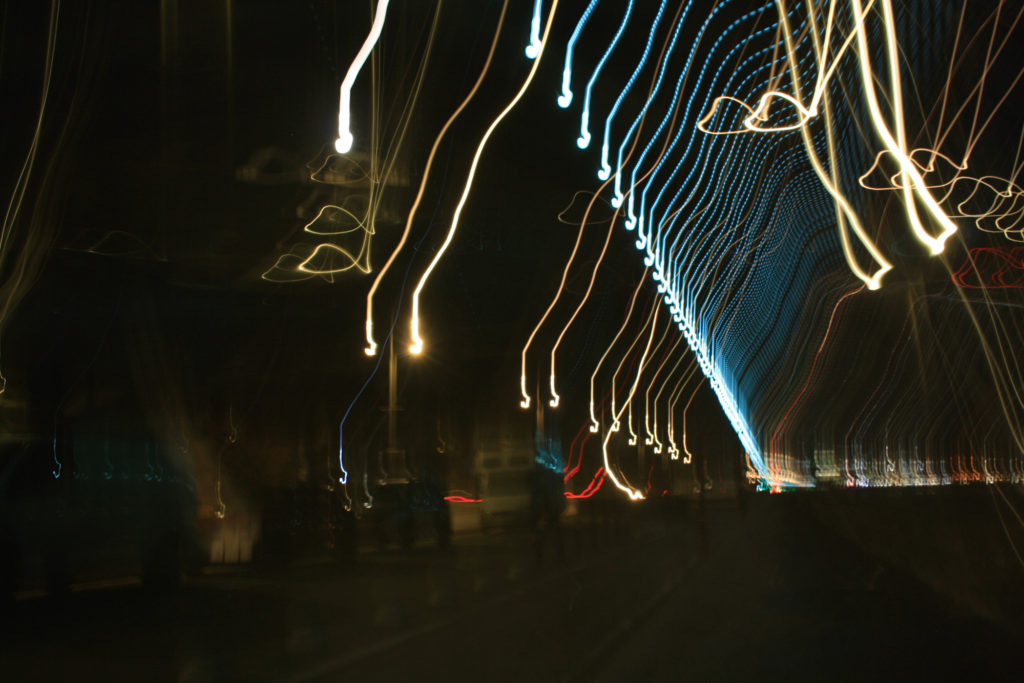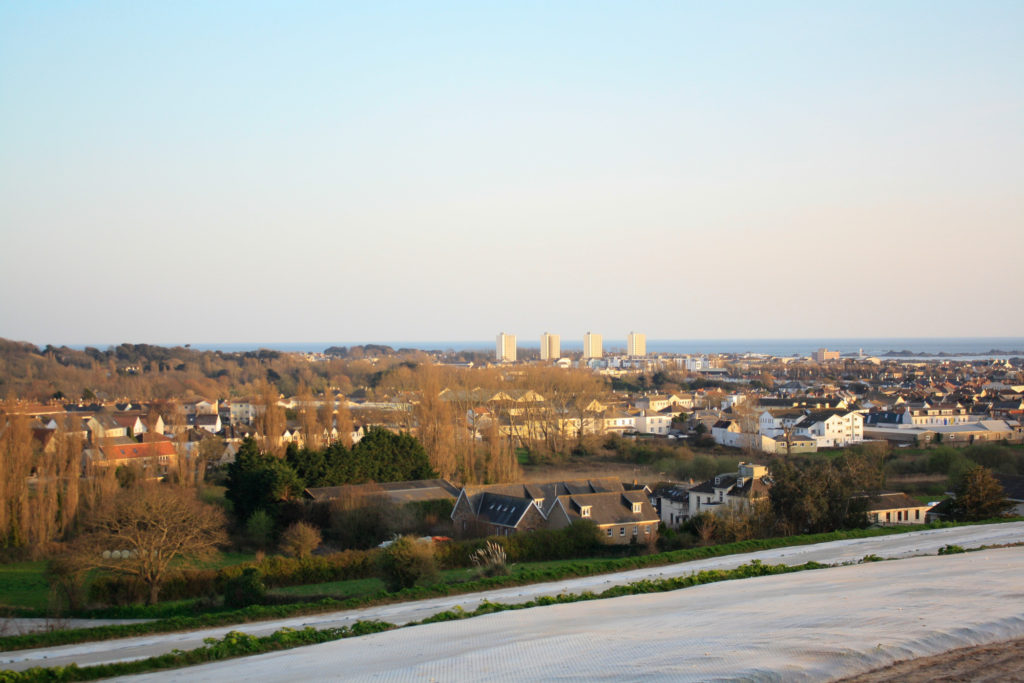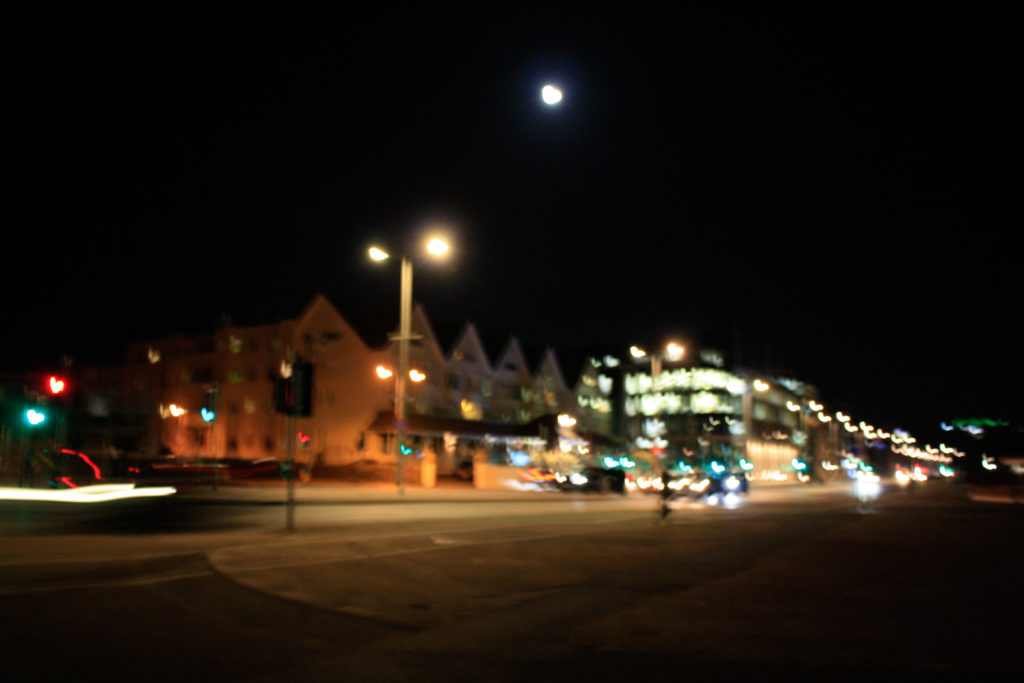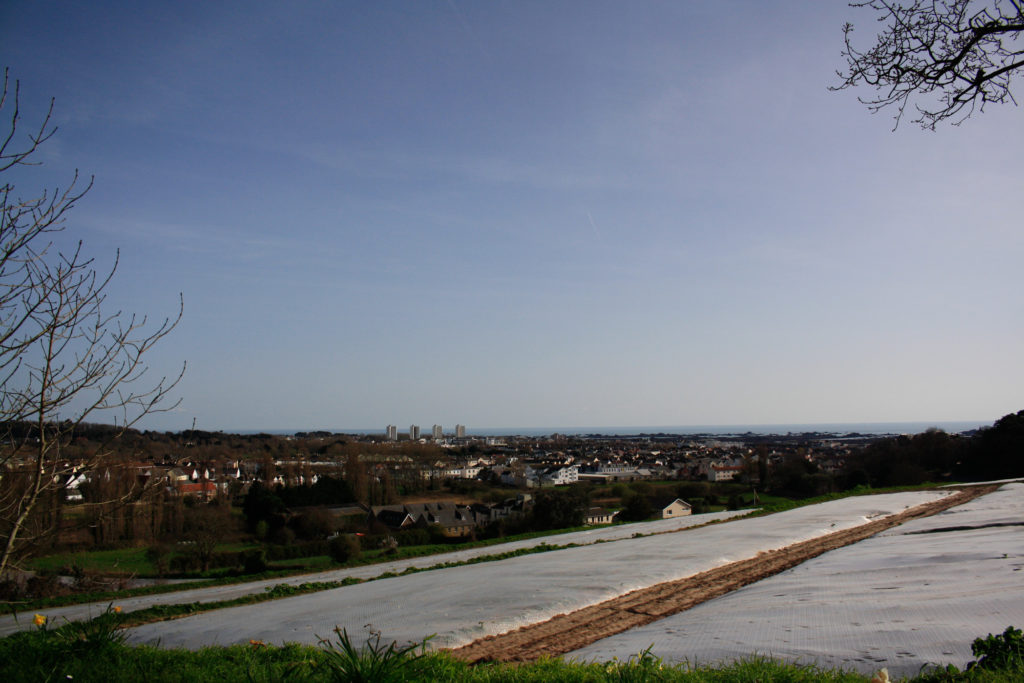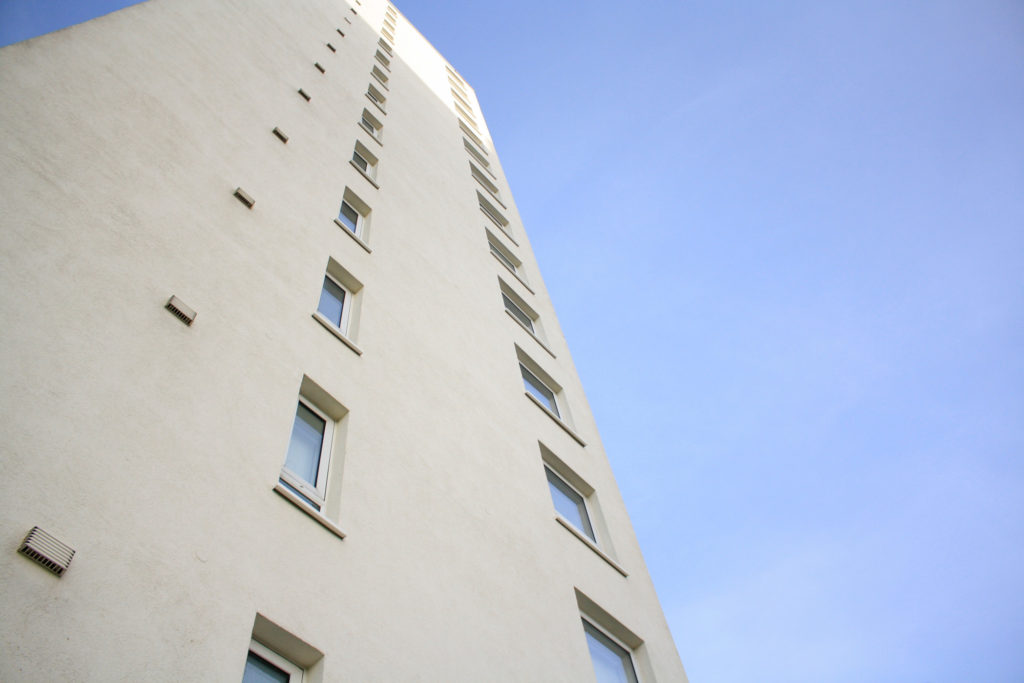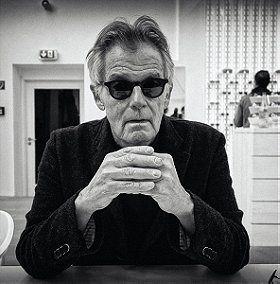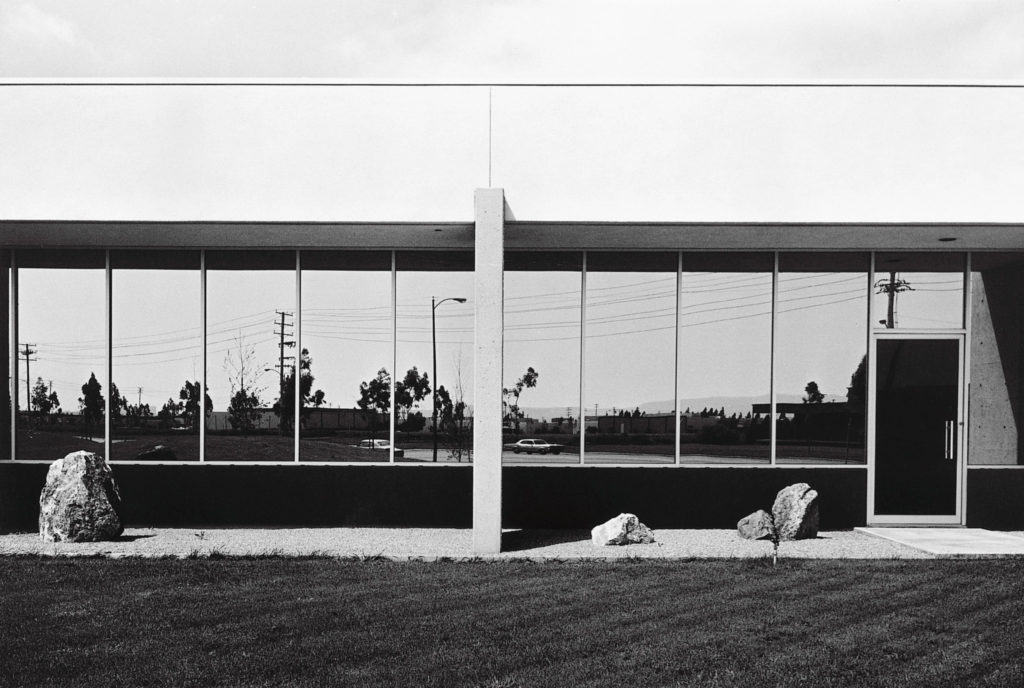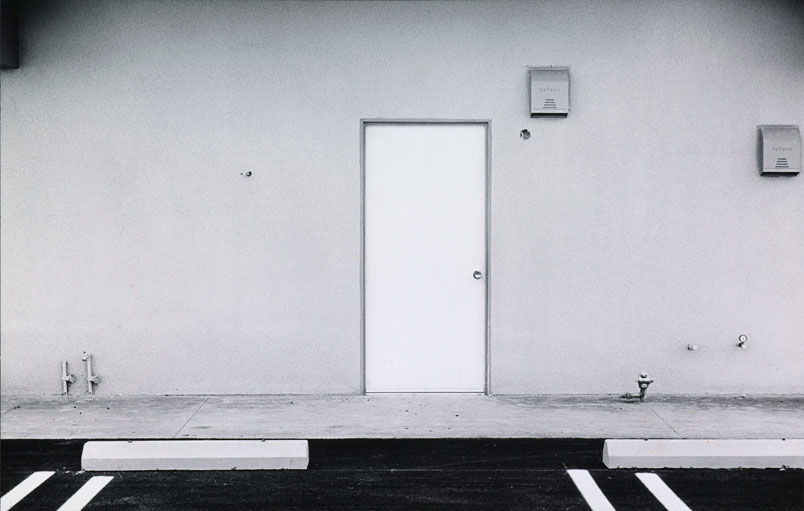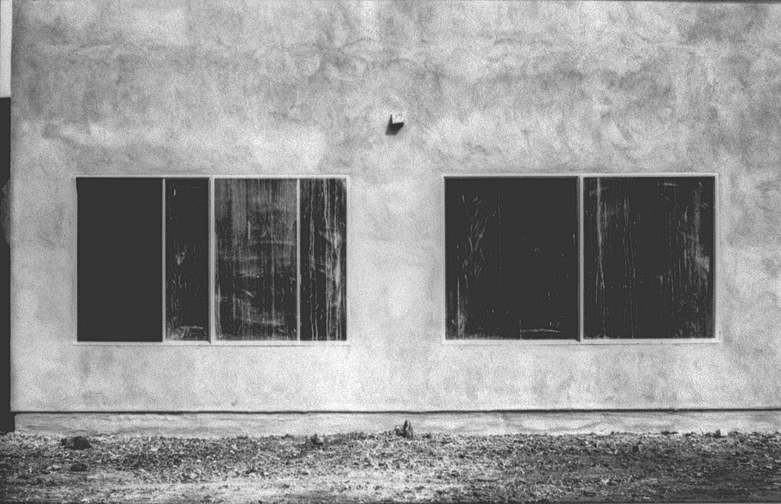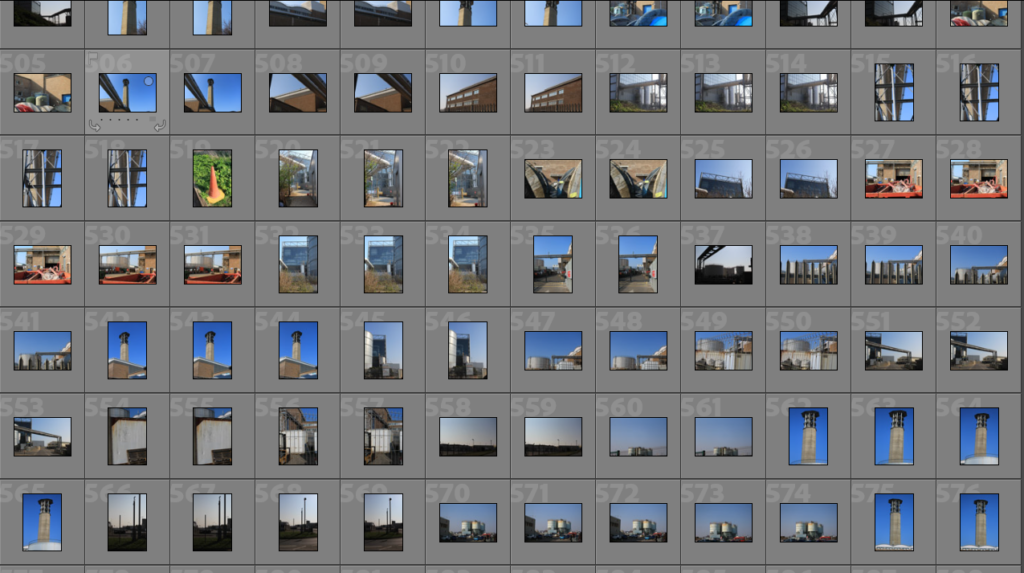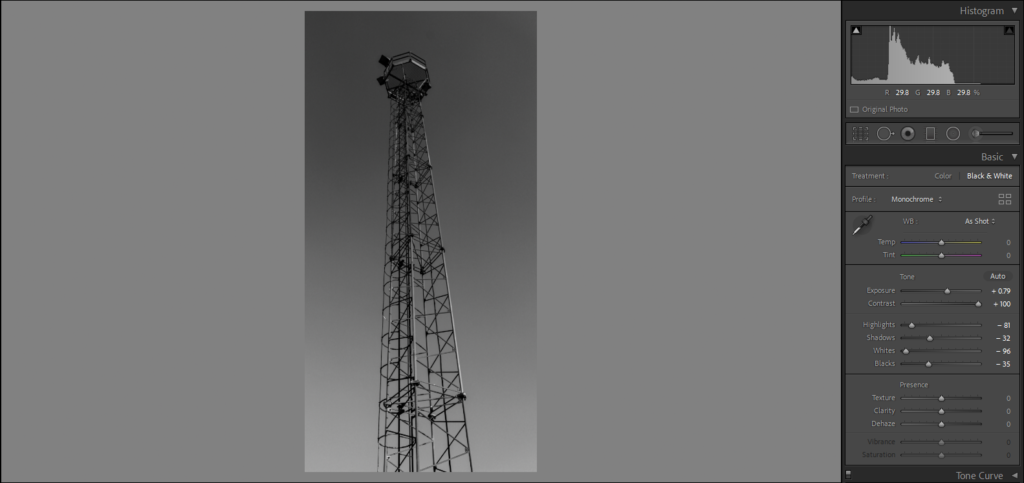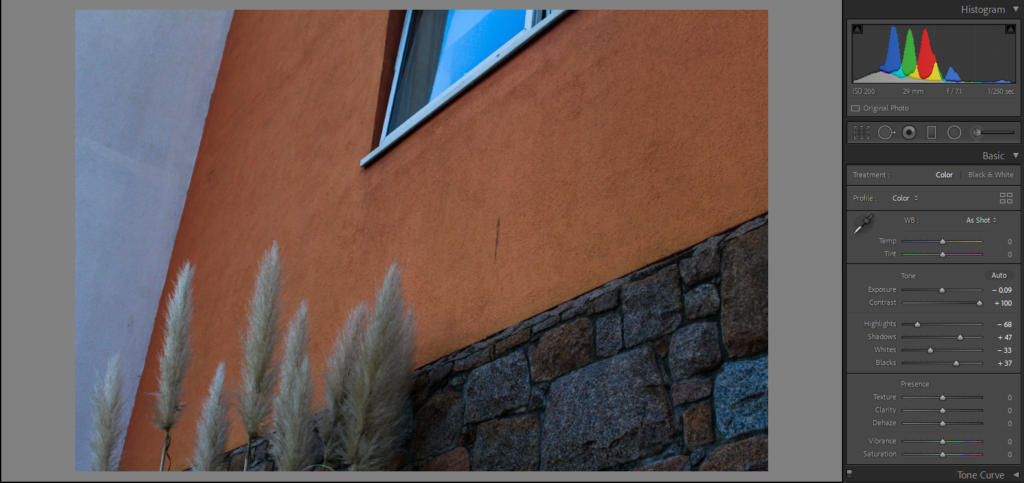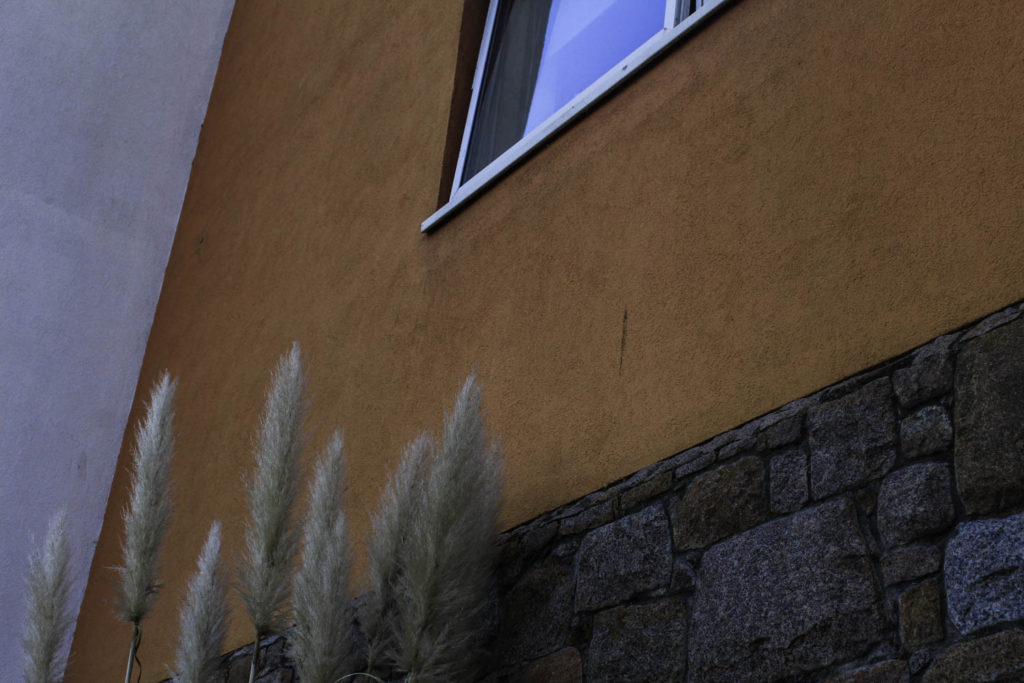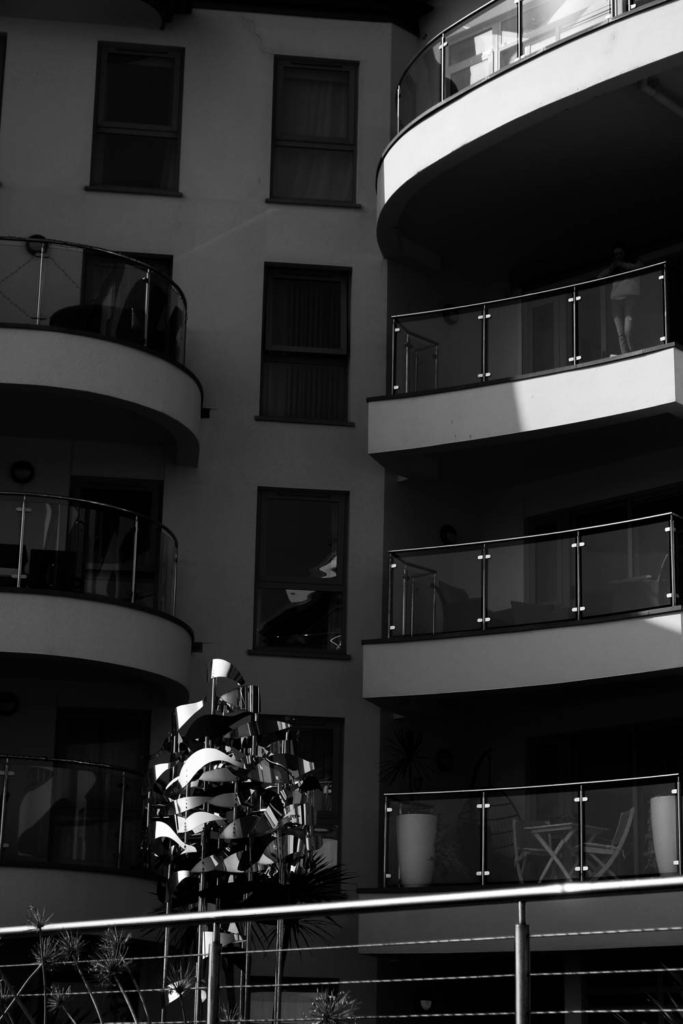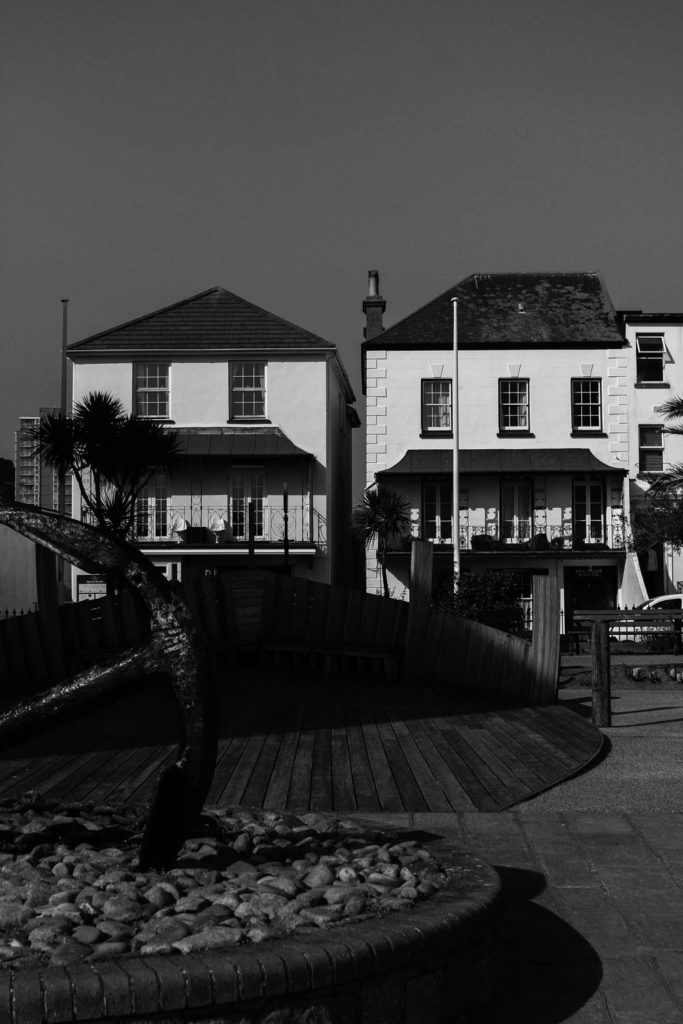Contact Sheets and Photoshoot Plans
Below I have gone through and selected the best of my images, I have demonstrated all three of my photoshoots through these separate contact sheets, I have also included the plans above the contact sheets so the layout is clear.
Photoshoot 1: was based around the harbour and along the avenue, the aim of doing this photoshoot at night was so that I could change the shutter speed to create interesting lines of light throughout my photos, and so that industrial buildings could be contrasted with their light sources.

Photoshoot 2: My second photoshoot was based in the fields around my house, these potato fields made for good places to photoshoot as theres is a contrast between natural landscape and manmade housing. I took these photographs during the late afternoon in an attempt to get more golden lighting.

Photoshoot 3: This photoshoot was based in and around La Mare flats in St Clement, I think that this gave me a good opportunity to photograph industrial landscapes and this links in very well with The New Topographic project. All of the straight lines and symmetry in these images make them more aesthetic.
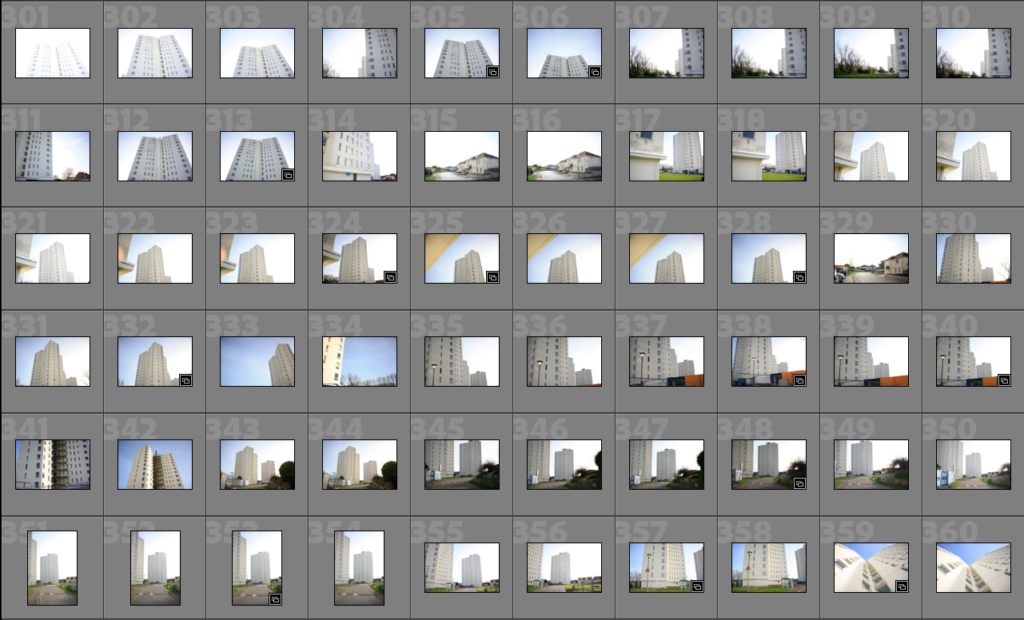
Final Collection
Here I have created a quick collection of some of my best images from my photoshoots, I think i will add to this when editing and picking my final images but these have the most potential.
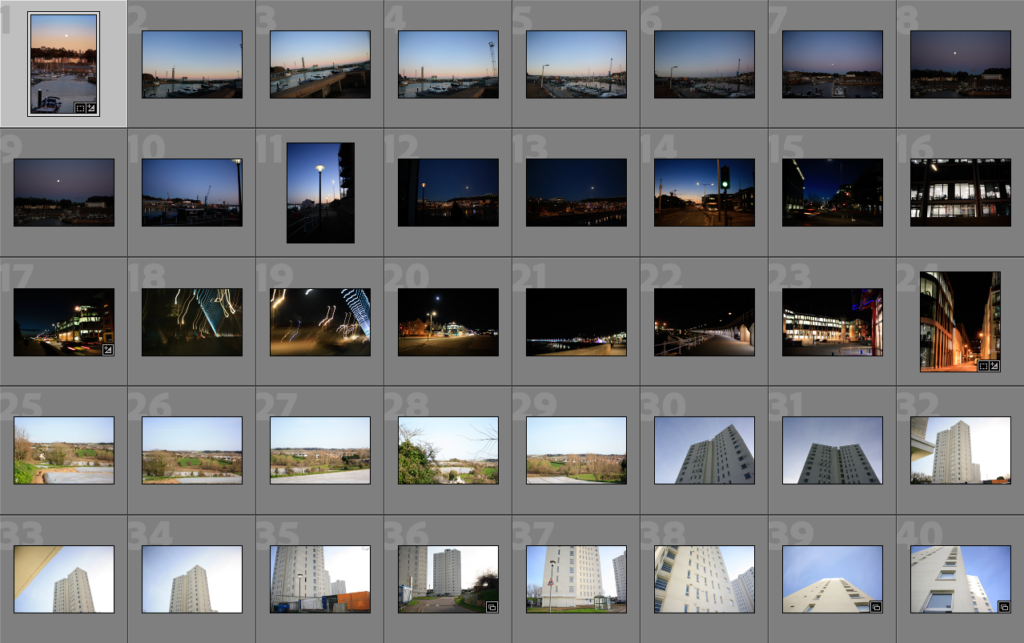
Editing
Below I have edited some of the best images from my created collection, and I have screen shotted parts of Lightroom to show how the images have been edited. In the develop section I have shown the before and after editing so the process I have gone through to change these images is clear. I have decided despite sticking to the romanticism theme I am not going to edit all my images to monochromatic, as I think that the colour and lighting in some of these photographs only needs to be enhanced.


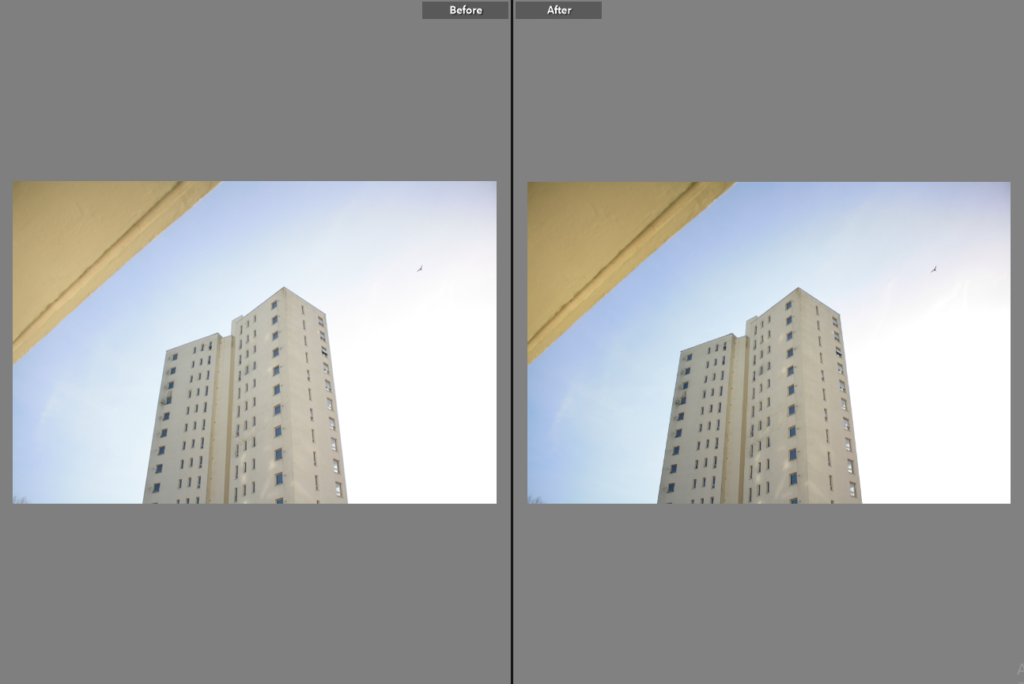
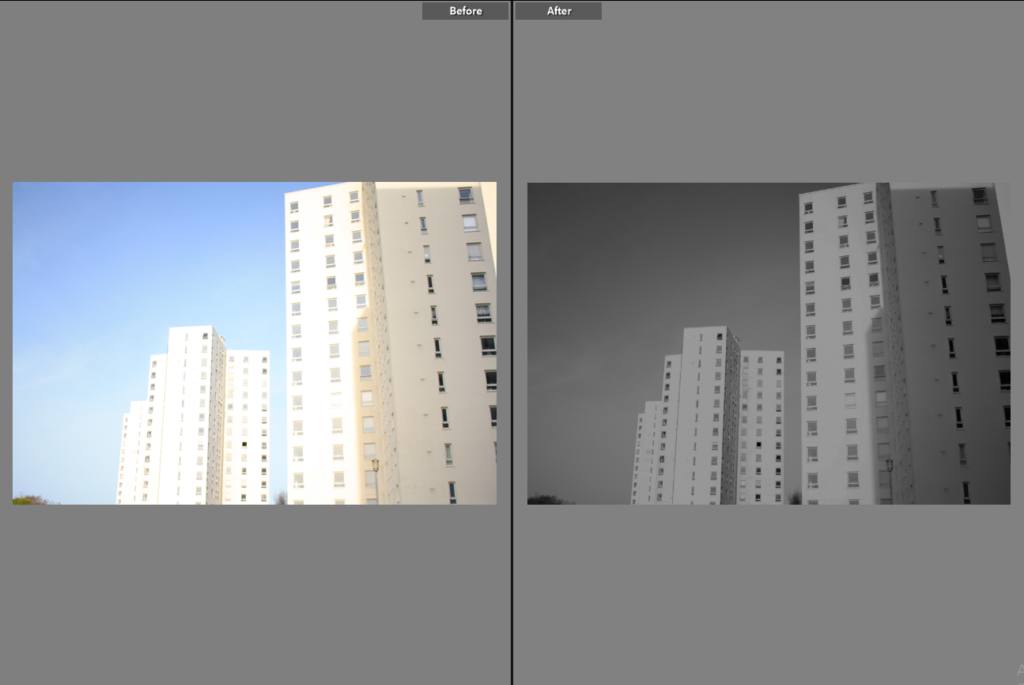

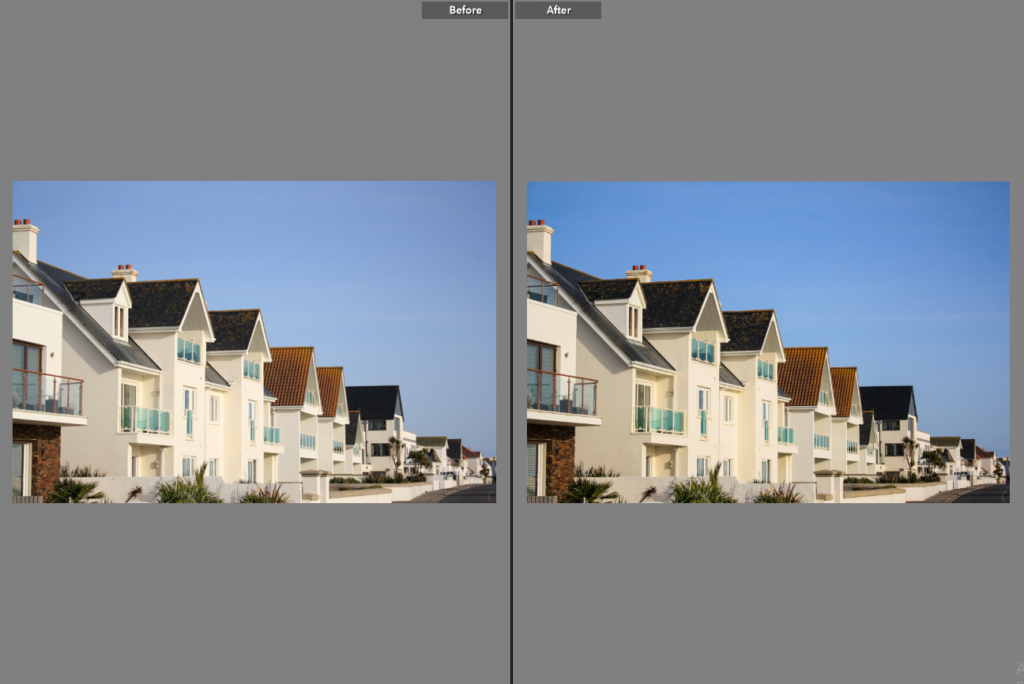
More Images
Here I have included some more of my good images, as I think that they should be shown on my blog but they do not need editing unless they are changed to black and white as one of my final images. This gallery is to show more of my work from all three of my photoshoots.



